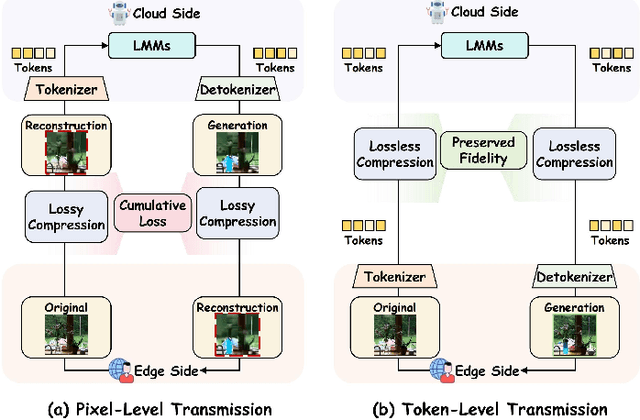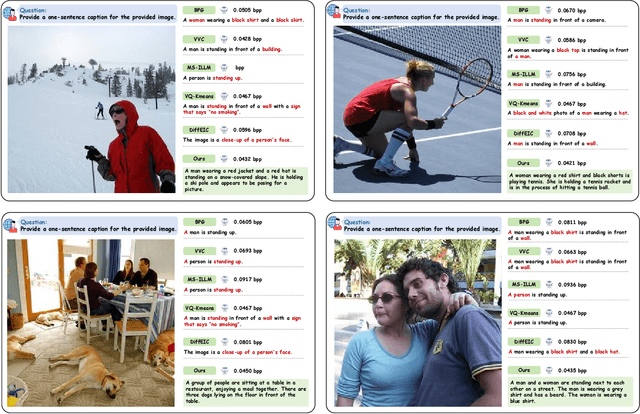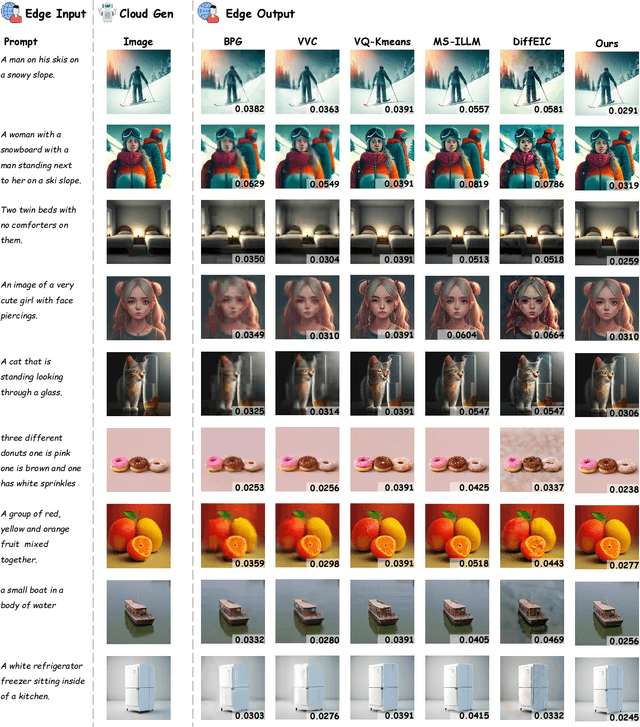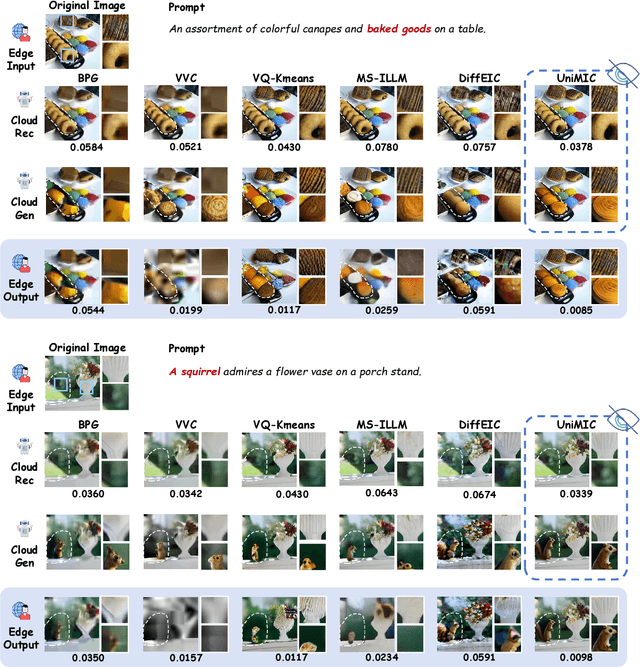Jiahao Li
Tibetan Language and AI: A Comprehensive Survey of Resources, Methods and Challenges
Oct 22, 2025Abstract:Tibetan, one of the major low-resource languages in Asia, presents unique linguistic and sociocultural characteristics that pose both challenges and opportunities for AI research. Despite increasing interest in developing AI systems for underrepresented languages, Tibetan has received limited attention due to a lack of accessible data resources, standardized benchmarks, and dedicated tools. This paper provides a comprehensive survey of the current state of Tibetan AI in the AI domain, covering textual and speech data resources, NLP tasks, machine translation, speech recognition, and recent developments in LLMs. We systematically categorize existing datasets and tools, evaluate methods used across different tasks, and compare performance where possible. We also identify persistent bottlenecks such as data sparsity, orthographic variation, and the lack of unified evaluation metrics. Additionally, we discuss the potential of cross-lingual transfer, multi-modal learning, and community-driven resource creation. This survey aims to serve as a foundational reference for future work on Tibetan AI research and encourages collaborative efforts to build an inclusive and sustainable AI ecosystem for low-resource languages.
UniMIC: Token-Based Multimodal Interactive Coding for Human-AI Collaboration
Sep 26, 2025



Abstract:The rapid progress of Large Multimodal Models (LMMs) and cloud-based AI agents is transforming human-AI collaboration into bidirectional, multimodal interaction. However, existing codecs remain optimized for unimodal, one-way communication, resulting in repeated degradation under conventional compress-transmit-reconstruct pipelines. To address this limitation, we propose UniMIC, a Unified token-based Multimodal Interactive Coding framework that bridges edge devices and cloud AI agents. Instead of transmitting raw pixels or plain text, UniMIC employs compact tokenized representations as the communication medium, enabling efficient low-bitrate transmission while maintaining compatibility with LMMs. To further enhance compression, lightweight Transformer-based entropy models with scenario-specific designs-generic, masked, and text-conditioned-effectively minimize inter-token redundancy. Extensive experiments on text-to-image generation, text-guided inpainting, outpainting, and visual question answering show that UniMIC achieves substantial bitrate savings and remains robust even at ultra-low bitrates (<0.05bpp), without compromising downstream task performance. These results establish UniMIC as a practical and forward-looking paradigm for next-generation multimodal interactive communication.
Global Regulation and Excitation via Attention Tuning for Stereo Matching
Sep 19, 2025Abstract:Stereo matching achieves significant progress with iterative algorithms like RAFT-Stereo and IGEV-Stereo. However, these methods struggle in ill-posed regions with occlusions, textureless, or repetitive patterns, due to a lack of global context and geometric information for effective iterative refinement. To enable the existing iterative approaches to incorporate global context, we propose the Global Regulation and Excitation via Attention Tuning (GREAT) framework which encompasses three attention modules. Specifically, Spatial Attention (SA) captures the global context within the spatial dimension, Matching Attention (MA) extracts global context along epipolar lines, and Volume Attention (VA) works in conjunction with SA and MA to construct a more robust cost-volume excited by global context and geometric details. To verify the universality and effectiveness of this framework, we integrate it into several representative iterative stereo-matching methods and validate it through extensive experiments, collectively denoted as GREAT-Stereo. This framework demonstrates superior performance in challenging ill-posed regions. Applied to IGEV-Stereo, among all published methods, our GREAT-IGEV ranks first on the Scene Flow test set, KITTI 2015, and ETH3D leaderboards, and achieves second on the Middlebury benchmark. Code is available at https://github.com/JarvisLee0423/GREAT-Stereo.
Gradient Surgery for Safe LLM Fine-Tuning
Aug 10, 2025Abstract:Fine-tuning-as-a-Service introduces a critical vulnerability where a few malicious examples mixed into the user's fine-tuning dataset can compromise the safety alignment of Large Language Models (LLMs). While a recognized paradigm frames safe fine-tuning as a multi-objective optimization problem balancing user task performance with safety alignment, we find existing solutions are critically sensitive to the harmful ratio, with defenses degrading sharply as harmful ratio increases. We diagnose that this failure stems from conflicting gradients, where the user-task update directly undermines the safety objective. To resolve this, we propose SafeGrad, a novel method that employs gradient surgery. When a conflict is detected, SafeGrad nullifies the harmful component of the user-task gradient by projecting it onto the orthogonal plane of the alignment gradient, allowing the model to learn the user's task without sacrificing safety. To further enhance robustness and data efficiency, we employ a KL-divergence alignment loss that learns the rich, distributional safety profile of the well-aligned foundation model. Extensive experiments show that SafeGrad provides state-of-the-art defense across various LLMs and datasets, maintaining robust safety even at high harmful ratios without compromising task fidelity.
Perfecting Depth: Uncertainty-Aware Enhancement of Metric Depth
Jun 05, 2025



Abstract:We propose a novel two-stage framework for sensor depth enhancement, called Perfecting Depth. This framework leverages the stochastic nature of diffusion models to automatically detect unreliable depth regions while preserving geometric cues. In the first stage (stochastic estimation), the method identifies unreliable measurements and infers geometric structure by leveraging a training-inference domain gap. In the second stage (deterministic refinement), it enforces structural consistency and pixel-level accuracy using the uncertainty map derived from the first stage. By combining stochastic uncertainty modeling with deterministic refinement, our method yields dense, artifact-free depth maps with improved reliability. Experimental results demonstrate its effectiveness across diverse real-world scenarios. Furthermore, theoretical analysis, various experiments, and qualitative visualizations validate its robustness and scalability. Our framework sets a new baseline for sensor depth enhancement, with potential applications in autonomous driving, robotics, and immersive technologies.
LTM3D: Bridging Token Spaces for Conditional 3D Generation with Auto-Regressive Diffusion Framework
May 30, 2025Abstract:We present LTM3D, a Latent Token space Modeling framework for conditional 3D shape generation that integrates the strengths of diffusion and auto-regressive (AR) models. While diffusion-based methods effectively model continuous latent spaces and AR models excel at capturing inter-token dependencies, combining these paradigms for 3D shape generation remains a challenge. To address this, LTM3D features a Conditional Distribution Modeling backbone, leveraging a masked autoencoder and a diffusion model to enhance token dependency learning. Additionally, we introduce Prefix Learning, which aligns condition tokens with shape latent tokens during generation, improving flexibility across modalities. We further propose a Latent Token Reconstruction module with Reconstruction-Guided Sampling to reduce uncertainty and enhance structural fidelity in generated shapes. Our approach operates in token space, enabling support for multiple 3D representations, including signed distance fields, point clouds, meshes, and 3D Gaussian Splatting. Extensive experiments on image- and text-conditioned shape generation tasks demonstrate that LTM3D outperforms existing methods in prompt fidelity and structural accuracy while offering a generalizable framework for multi-modal, multi-representation 3D generation.
TeroSeek: An AI-Powered Knowledge Base and Retrieval Generation Platform for Terpenoid Research
May 27, 2025Abstract:Terpenoids are a crucial class of natural products that have been studied for over 150 years, but their interdisciplinary nature (spanning chemistry, pharmacology, and biology) complicates knowledge integration. To address this, the authors developed TeroSeek, a curated knowledge base (KB) built from two decades of terpenoid literature, coupled with an AI-powered question-answering chatbot and web service. Leveraging a retrieval-augmented generation (RAG) framework, TeroSeek provides structured, high-quality information and outperforms general-purpose large language models (LLMs) in terpenoid-related queries. It serves as a domain-specific expert tool for multidisciplinary research and is publicly available at http://teroseek.qmclab.com.
Advanced long-term earth system forecasting by learning the small-scale nature
May 26, 2025Abstract:Reliable long-term forecast of Earth system dynamics is heavily hampered by instabilities in current AI models during extended autoregressive simulations. These failures often originate from inherent spectral bias, leading to inadequate representation of critical high-frequency, small-scale processes and subsequent uncontrolled error amplification. We present Triton, an AI framework designed to address this fundamental challenge. Inspired by increasing grids to explicitly resolve small scales in numerical models, Triton employs a hierarchical architecture processing information across multiple resolutions to mitigate spectral bias and explicitly model cross-scale dynamics. We demonstrate Triton's superior performance on challenging forecast tasks, achieving stable year-long global temperature forecasts, skillful Kuroshio eddy predictions till 120 days, and high-fidelity turbulence simulations preserving fine-scale structures all without external forcing, with significantly surpassing baseline AI models in long-term stability and accuracy. By effectively suppressing high-frequency error accumulation, Triton offers a promising pathway towards trustworthy AI-driven simulation for climate and earth system science.
The Mirage of Multimodality: Where Truth is Tested and Honesty Unravels
May 26, 2025Abstract:Reasoning models have recently attracted significant attention, especially for tasks that involve complex inference. Their strengths exemplify the System II paradigm (slow, structured thinking), contrasting with the System I (rapid, heuristic-driven). Yet, does slower reasoning necessarily lead to greater truthfulness? Our findings suggest otherwise. In this study, we present the first systematic investigation of distortions associated with System I and System II reasoning in multimodal contexts. We demonstrate that slower reasoning models, when presented with incomplete or misleading visual inputs, are more likely to fabricate plausible yet false details to support flawed reasoning -- a phenomenon we term the "Mirage of Multimodality". To examine this, we constructed a 5,000-sample hierarchical prompt dataset annotated by 50 human participants. These prompts gradually increase in complexity, revealing a consistent pattern: slower reasoning models tend to employ depth-first thinking (delving deeper into incorrect premises), whereas faster chat models favor breadth-first inference, exhibiting greater caution under uncertainty. Our results highlight a critical vulnerability of slower reasoning models: although highly effective in structured domains such as mathematics, it becomes brittle when confronted with ambiguous multimodal inputs.
Seek-CAD: A Self-refined Generative Modeling for 3D Parametric CAD Using Local Inference via DeepSeek
May 23, 2025Abstract:The advent of Computer-Aided Design (CAD) generative modeling will significantly transform the design of industrial products. The recent research endeavor has extended into the realm of Large Language Models (LLMs). In contrast to fine-tuning methods, training-free approaches typically utilize the advanced closed-source LLMs, thereby offering enhanced flexibility and efficiency in the development of AI agents for generating CAD parametric models. However, the substantial cost and limitations of local deployment of the top-tier closed-source LLMs pose challenges in practical applications. The Seek-CAD is the pioneer exploration of locally deployed open-source inference LLM DeepSeek-R1 for CAD parametric model generation with a training-free methodology. This study is the first investigation to incorporate both visual and Chain-of-Thought (CoT) feedback within the self-refinement mechanism for generating CAD models. Specifically, the initial generated parametric CAD model is rendered into a sequence of step-wise perspective images, which are subsequently processed by a Vision Language Model (VLM) alongside the corresponding CoTs derived from DeepSeek-R1 to assess the CAD model generation. Then, the feedback is utilized by DeepSeek-R1 to refine the initial generated model for the next round of generation. Moreover, we present an innovative 3D CAD model dataset structured around the SSR (Sketch, Sketch-based feature, and Refinements) triple design paradigm. This dataset encompasses a wide range of CAD commands, thereby aligning effectively with industrial application requirements and proving suitable for the generation of LLMs. Extensive experiments validate the effectiveness of Seek-CAD under various metrics.
 Add to Chrome
Add to Chrome Add to Firefox
Add to Firefox Add to Edge
Add to Edge